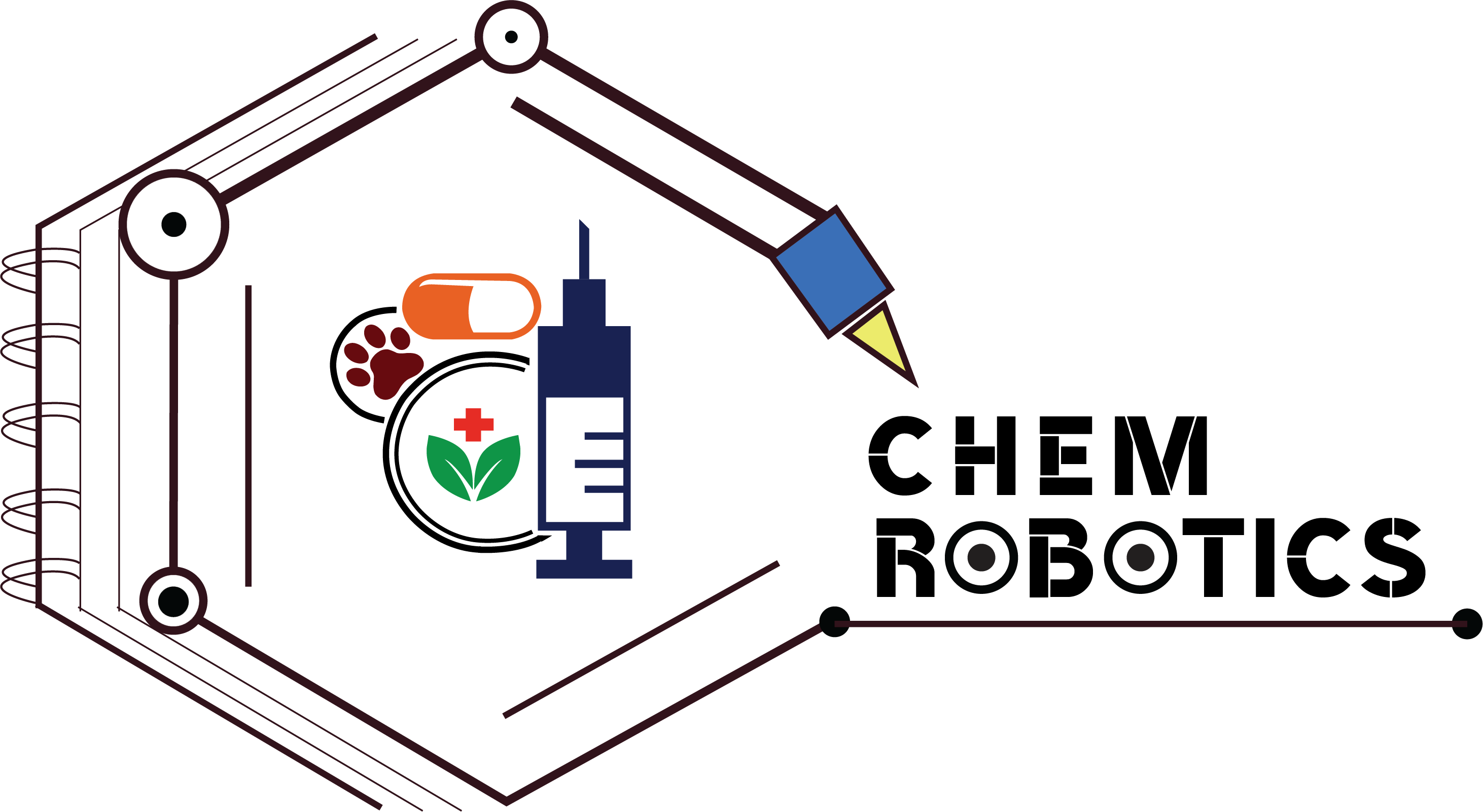
TGA Announces new classification for medical devices including Software medical Devices
This information is provided to assist you if you are new to engaging with the TGA and Australia’s regulatory framework for medical devices. It will introduce you to some of the concepts and terminology used in medical device regulation.
The Guidance
This guidance is to assist manufacturers of active medical devices, including software-based medical devices, in correctly classifying their devices.
Medical devices are classified according to the level of harm they may pose to users or patients. There is a four-tier classification system for medical devices:
- Class I (lowest classification)
- Class IIa
- Class IIb
- Class III (highest classification)
The higher classification level, the higher the level of regulatory oversight. Classification is used to determine the minimum conformity assessment (CA) procedures (or comparable overseas regulator evidence requirements) to be determined by the manufacturer prior to an application being made for inclusion of the device in the Australian Register of Therapeutic Goods (ARTG)
An active medical device is defined as a medical device intended by its manufacturer:
- to depend on a source of electrical energy or other source of energy (other than a source of energy generated directly by a human being or gravity) for its operation; and
- to act by converting this energy; but
- is not a medical device intended by the manufacturer to transmit energy, a substance, or any other element, between an active medical device and a human being without any significant change in the energy, substance or other element being transmitted.
Software-based medical devices are active medical devices. This includes software that is a medical device itself and medical devices that incorporate software.
Classification of medical devices (not IVD medical devices)
Medical devices, other than IVD medical devices, are classified with regard to their intended purpose. In particular, the classification rules take into account the degree of invasiveness in the human body, the duration and location of use, and whether the device relies on a source of energy other than the body or gravity.
Examples of devices with different classifications are summarised in the following table.
| Class I | Low | Surgical retractors, tongue depressors |
| Class I – supplied sterile
Class I – incorporating a measuring function Class IIa |
Low-medium | Hypodermic needles, suction unit
Medicine cup with specific units of measurement Digital or infrared thermometers |
| Class IIb | Medium-high | Lung ventilator, blood bags, condoms |
| Class III | High | Heart valves, major joint replacement implants, devices containing medicines or tissues, cells or substances of animal, biological or microbiological origin |
| AIMD (Active Implantable Medical Devices) | High | Implantable defibrillator |
High risk devices-For high risk devices (Class III and AIMD, and most Class 4 IVD medical devices), a ‘kind of device’ is a fairly narrow grouping restricted to a single Unique Product Identifier (UPI), typically covering design variations of a single device such as devices with different length, width, shape, etc. (defined in the MD Regulations as variants).
Lower risk devices-For lower classifications, a ‘kind of medical device’ is a broader concept and covers a range of similar products which have the same sponsor, manufacturer, classification, and are described by the term of the same Global Medical Device Nomenclature (GMDN) code.
For example, a single ARTG entry may cover a range of different models or brands of similar devices, such as the multiple variations of intravenous infusion sets from the same manufacturer and sponsor.
Applying the classification rules
The classification rules are applied according to the manufacturer’s intended purpose, taking into account how the device works.
Manufacturers must consider all the classification rules in classifying their medical device. Where more than one rule applies, the device must be classified at the highest applicable level. It is likely that more than one rule will apply, especially to complex and multi-functional medical devices.
Each individual function must be considered against the classification rules. The highest possible classification will apply to the device as a whole for the purpose of its inclusion in the ARTG
What is TGA?
The Therapeutic Goods Administration (TGA) is the medicine and therapeutic regulatory agency of the Australian Government. As part of the Department of Health, the TGA regulates the quality, supply and advertising of medicines, pathology devices, medical devices, blood products and most other therapeutics. Any items that claim to have a therapeutic effect, are involved in the administration of medication, or are otherwise covered by the Therapeutic Goods Act 1989, the Therapeutic Goods Regulations 1990, or a ministerial order, must be approved by the TGA and registered in the Australian Register of Therapeutic Goods
The TGA is responsible for regulating medical devices and other healthcare products such as cells and tissues, medicines, and blood products in Australia. Medical devices are diverse. Syringes, bandages, condoms, artificial hips, heart valves and pacemakers are all examples of medical devices.

